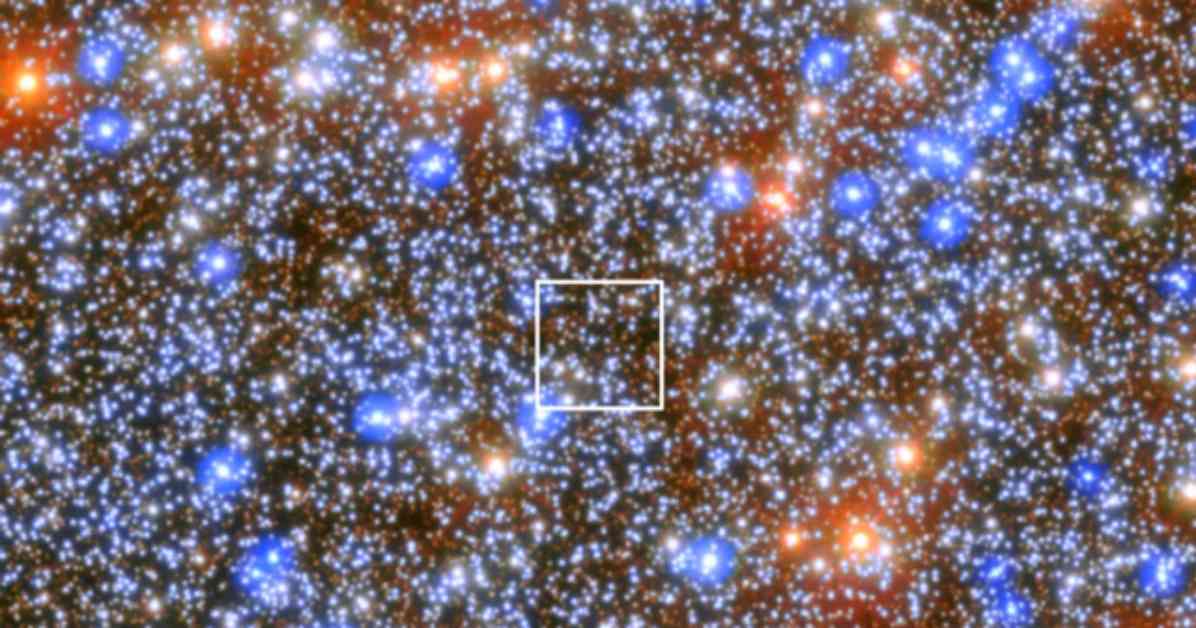Newly Discovered Black Hole Closer to Earth Than Milky Way’s Center
The black hole at the center of our galaxy, known as Sagittarius A, has always been considered the closest black hole to Earth. However, recent research suggests that there may be another black hole closer to us.
Located in a star cluster just outside the Milky Way called Omega Centauri, this newly discovered black hole is estimated to be approximately 18,000 light-years away. What makes this find even more significant is the fact that this black hole is between 20,000 and 50,000 times more massive than our sun, making it a rare and important discovery according to current models of the universe.
The discovery of this black hole was quite unexpected, as it was based on images that were originally taken to calibrate the Hubble telescope’s instruments. Dr. Holger Baumgardt from the University of Queensland, who was part of the research team, expressed his surprise at the findings, stating that the images proved to be invaluable for their research.
Confirming that the object at the center of Omega Centauri is indeed a black hole required a closer look at the stars in the cluster. Since black holes cannot be directly observed, researchers had to analyze the movement and positions of the stars to determine the presence of the black hole.
Dr. Baumgardt believes that this discovery will spark new research and speculation in the field of astronomy. Questions about how this black hole formed, its connection to other massive black holes, and the existence of other intermediate-mass black holes have been raised. The excitement surrounding this find indicates a promising future for astronomical research.
With new discoveries about space emerging almost daily, it is clear that there is still much to learn and explore beyond our own planet. This latest finding challenges our previous understanding of black holes and their proximity to Earth.
If you found this discovery intriguing, you may also be interested in learning about a recent phenomenon on the sun’s surface where a second giant hole has appeared. Understanding these cosmic occurrences can provide valuable insights into the workings of the universe and the mysteries it holds.













